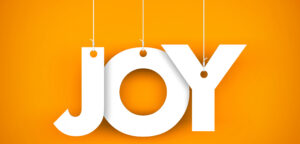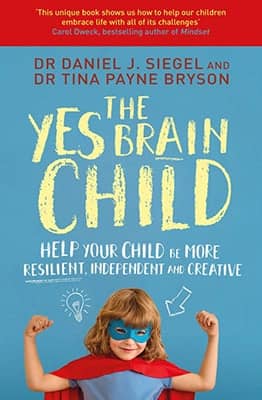Exploring the Artistic Universe of Isabelle de Kleine (2011)
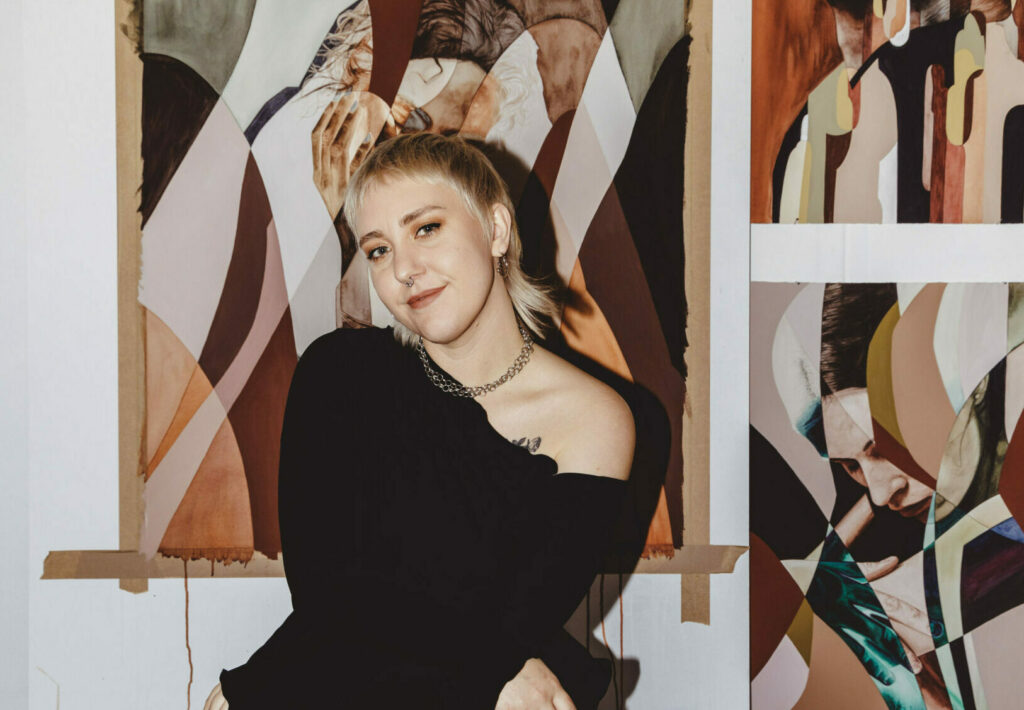
What was your high school journey like? Was Art a large part of it?
Ever since I was a child, I have been drawn to art making. My parents tell me how, even in kindergarten, I was drawing figures while everyone else was drawing stick figures. I was obsessed with attempting to understand how to represent people and objects in art. This kept amplifying through my high school years. I adored art class and often found myself spending lunchtime in the art room and studying any creative unit that I could. I was supported immensely by my art teachers, who encouraged me to enter prizes from small regional and local awards such as The Lester Prize (formally the Black Swan Prize for Portraiture) and exhibiting at the Perspectives at the Art Gallery of Western Australia.
Alongside my creative classes, I studied ATAR, where I found particular interest in English and Applied Information Technology. I also participated in the public speaking competition yearly and captained the school soccer team.
After graduation, what did you do?
After high school, I was accepted into RMIT and made the transition to Melbourne, which was incredibly formative for both my own identity and my art. RMIT pushed me to think more critically about what I created, why I was creating it and how I could communicate my ideas more effectively. The first year was hard – a bit of an art boot camp – that taught me to rethink my work, unlearn a few habits and challenge my methods of art making. Through my degree, I started to piece together the puzzle of what it was that I wanted to communicate.
I continued exhibiting as much as possible. From small exhibitions and prizes to loaning artworks to cafes and bars and even live painting at a festival. In 2015, during my final year at university, I was fortunate to be a joint winner of the Digital Portrait Award at the National Portrait Gallery as well as receiving the Tolarno Hotel Painting Prize at the graduate showcase. The following year, I was awarded The Arkley Prize at the NotFair Art Fair.
In 2017, I moved back to Perth for a year. I had a studio at PSAS in Fremantle, where I spent every free hour of my day creating. I was noticed by Curatorial+Co, which at that time was a small online gallery that hosted pop-up exhibitions in Sydney, so I decided to take the chance, and I have been represented by them ever since.
In 2018, I moved to Berlin to experience life abroad and learn more about my European heritage. It was a challenging move, but it provided me with an opportunity to really learn about myself and the artwork I was creating. My artistic voice grew a lot stronger as I started learning about what really drove me to create.
When Covid hit, I made the decision to move back to Perth, where I started moving towards being a full-time artist. Since then, I have had two solo exhibitions, multiple group shows across Australia and shown at Sydney Contemporary, Australia’s leading art fair.
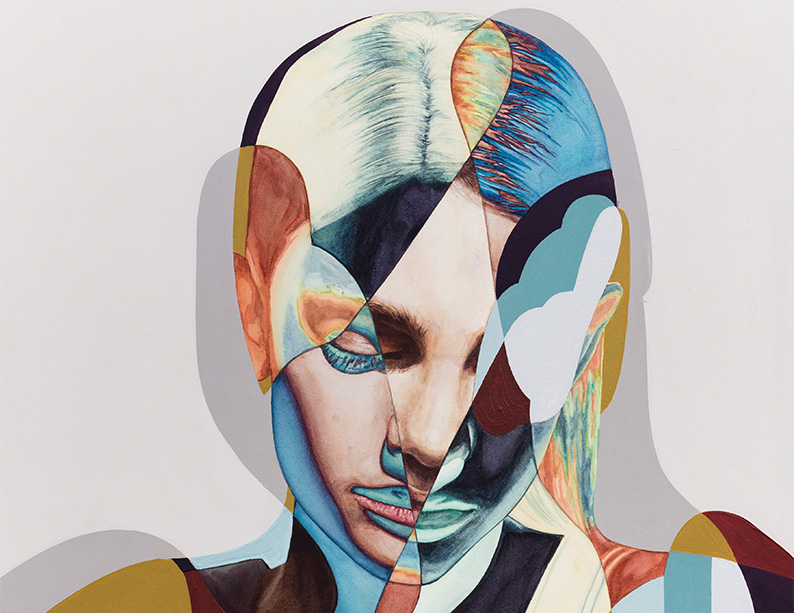
Can you share some of the key influences that have shaped your artistic vision and technique?
I always find this one so hard to answer! I feel like there’s such a plethora of places and people that I draw inspiration from, and this is constantly evolving. I think it’s reflected in my work, the collage-like nature of the shapes are intended to be representative of the huge cache of thoughts, ideas and inspirations that are running through my head. I often try to not look at artwork that is similar to my own, focusing on similar styles can often hinder my creative development and personal voice within my artwork.
Right now, I feel deeply inspired by the landscape around me, in particular the arid landscapes found in the Pilbara, Kimberley and Wheatbelt regions of Western Australia. It’s a little contradictory as I don’t really represent the landscape visually in my work, rather I am more inspired by attempting to reflect the way it makes me feel as well as the colour and form. I feel very drawn to the sense of escapism that I can find in spending time somewhere remote. Artworks that I feel inspired by illicit the same sort of feeling of wonder and unexplainable, so whether that’s beautiful colour field studies, or conceptual video artworks. To me it’s more about the exploration of emotion that draws me in.
I also draw abundant inspiration from early internet photoshop techniques. I taught myself how to use the app when I was a kid and spent so many hours distorting images which comes through strongly in my work. I think particularly with the rise of AI and deep-fake I find myself increasingly interested in visibly edited imagery.
What is the most rewarding and most stressful part of having your work showcased in an exhibition?
Being an artist can has a lot of highs and lows. No doubt is it an exciting and deeply rewarding career path, but it also requires a lot of trust and self awareness and criticism. When working towards a solo exhibition, you are at time spending months alone in the studio, where you are required to trust yourself and your vision. Furthermore creating deeply personal and emotive works can be frighting as not everyone will be receptive to your work.
However, that honesty can help drive wonderful connections with all kinds of people. Exhibiting has always been my favourite part of my career. Seeing all the hard work you put in come together in a beautiful setting and having the opportunity to share that with others is deeply rewarding and enriching.
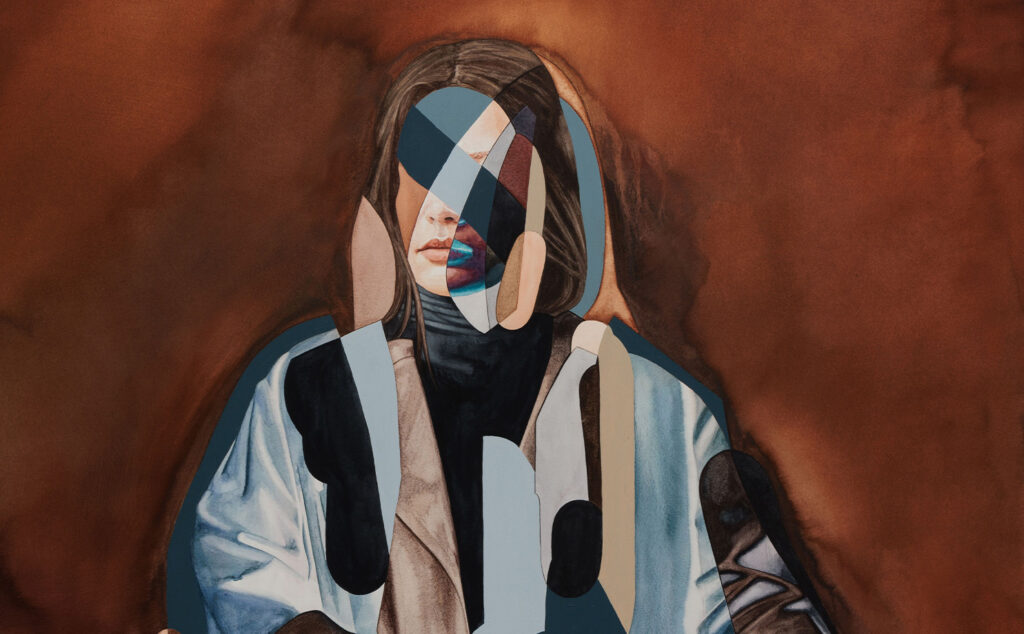
What do you hope to convey or achieve throughout your art?
My artwork is an exploration of identity, memory and perception. Looking into the subjective realities we occupy and the beautiful yet flawed nature of psyche.
To provide context, my fascination with psychology and shifting reality stems from my grandmother, Rosa, who was diagnosed with Alzheimer’s disease in my early childhood. The effects of her dementia were drawn out over decades, and I saw how it slowly distorted, shifted and erased her memories and identity over time. It is easy to focus on the negative and upsetting nature of this. However, despite how significant the loss of memory may have been, my grandmother always held onto the essence of herself.
This disorder is seen with such fear; it’s disturbing to think about losing control of your cognitive ability and, by extension, your own identity (which, in essence, is constructed through your experiences and memories). And when you delve deeper into thinking and learning about the human psyche, it exposes the very flawed nature of our own psyche and those of people around you.
What I am hoping to communicate through my artwork is that we are all flawed, that there is no one correct understanding of reality, and that reality is not fact. However, maybe that’s okay. Maybe those imperfections and distortions create a certain beauty – a chaotic, fractured, yet vivid beauty.
Are there any dream collaborations or venues you aspire to work with or showcase your art in?
I think in the past I would have said that my dream would be to exhibit in major national galleries and work with big name brands, however I think that goal for me has shifted a bit.
My current aspirations are more focused around the place I create art rather than where I exhibit. For example, I would love to do more residencies and exhibit internationally. Creating whilst travelling to facilitate a lifestyle full of adventure, creativity and connection.
I am not focused on a singular dream venue or collaborator because in my career I’ve learnt that flexibility and openness to different possibilities is essential. Opportunities often come from unexpected places and if you focus on creating work that is authentic to you will always have a better outcome than try to force your work into a venue that you are not suited or ready for.
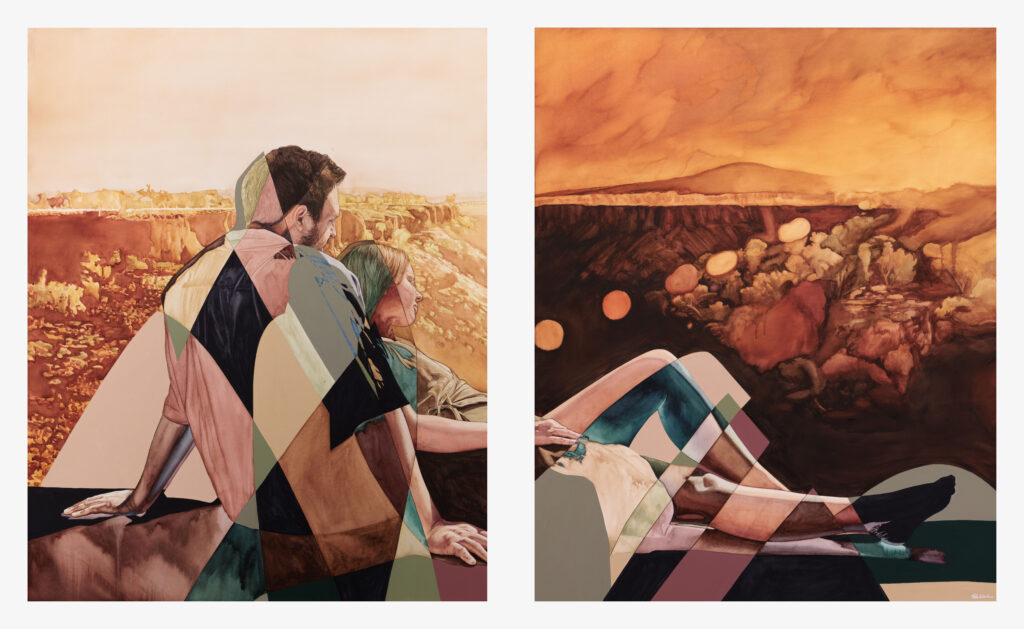
Is there anything you wish you had known when you were starting out?
Absolutely! Being an artist is tough as much as it is rewarding. It’s a very idealised career path. A lot of people set out to become artists, yet ultimately drop off and lose the love they once had for it. The saying, “Find something you love to do, and you will never have to work a day in your life”, is drilled into you when you are younger, and so I see a lot of people naively wanting a career in the arts because they love creating but are not ready to put in the work.
By no means is it an easy career path. It is a job that requires routine and a lot of self-discipline. You won’t want to create every day, and there will be a lot of rejection, criticism, and financial insecurity. However, if you’re motivated and unrelenting, it can be the most rewarding career. The connections you can create with other artists, galleries, designers, clients and the general public can be so enriching. Not to mention the development of self and the opportunity to experience the world in an incredibly unique and alternative way.
When you’re not busy creating art, where or how do you enjoy spending your time?
When I am not creating, I love getting out into nature, whether that’s camping or hiking in the bush. I also play futsal and enjoy bouldering, and of course, I adore spending time with my friends and family.
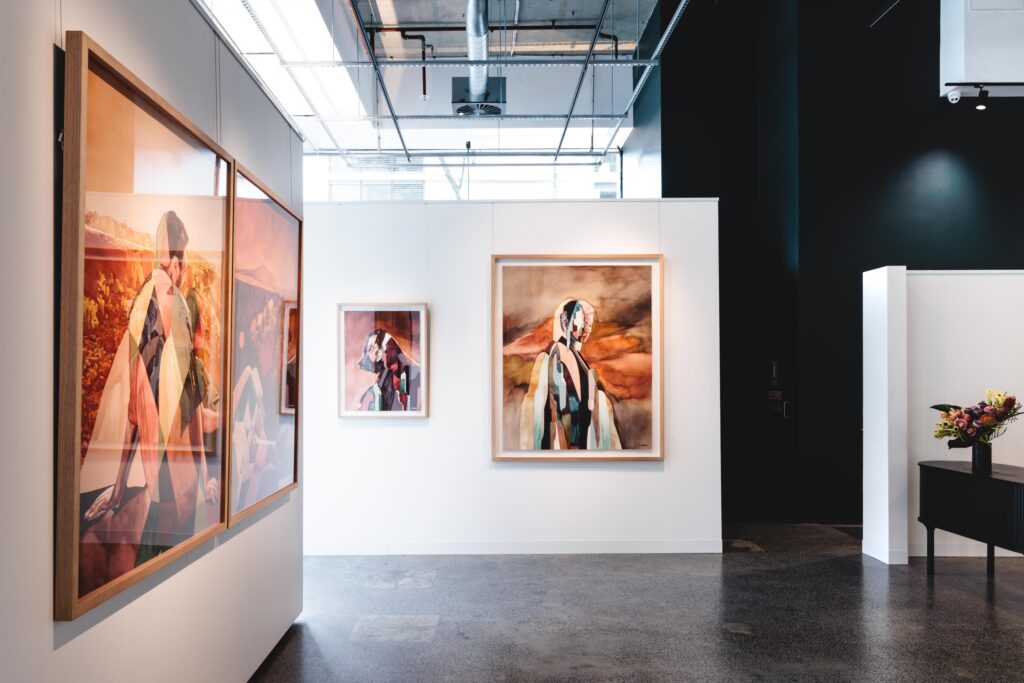
Where can we find your art pieces or stay up to date with your creations?
You can follow me on Instagram @isabelledekleine or visit my website isabelledekleine.com
Alternatively, you can purchase artworks through my representing galleries.
Curatorial+Co (curatorialandco.com) and Linton & Kay Galleries (www.lintonandkay.com.au)

From the President: May 2024
We have some great stories in this month’s blog. Also Look out for information about our OGA Movie Night screening of The Way, My Way.
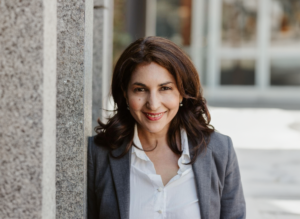
Lisa Sorger: Sisterhood Network Series
Join us for an inspiring evening at the second session of our Sisterhood Networking Series with Dr Lisa Sorger (Ramakrishnan, 1987).
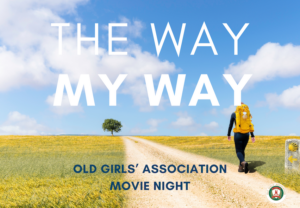
OGA Movie Night: The Way, My Way
Join us for a screening of The Way, My Way, the true story of an Australian man’s transformative experience walking the Camino de Santiago.
- alumni, Featured
Author: Santa Maria College
Santa Maria College is a vibrant girls school with a growing local presence and reputation. Our Mission is to educate young Mercy women who act with courage and compassion to enrich our world. Santa Maria College is located in Attadale in Western Australia, 16 km from the Perth CBD. We offer a Catholic education for girls in Years 5 – 12 and have 1300 students, including 152 boarders.




